President Obama is trying to convince lawmakers in Washington DC that they are overheating, as they are living through the coldest start to a year on record.
The average temperature anomaly (before government data tampering) is the coldest on record, at nearly six degrees below normal. There is no trend over the past century.
The percentage of nights below 0F (-18C) has obliterated the old record. There is no long term trend.
The ratio of record lows to record highs is the highest on record, with only 1940 coming close
The Union of Concerned Scientists says that winters are becoming warmer and less snowy, because they are incompetent political hacks.
The president and press are working desperately to silence everyone who disputes their flagrant lies about the climate.

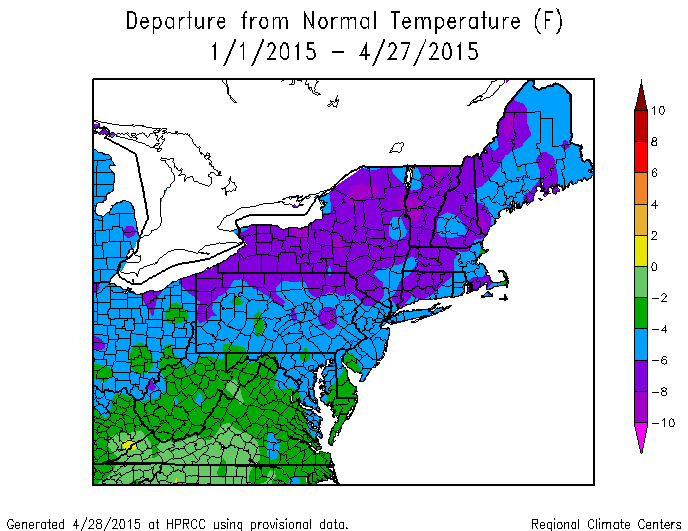
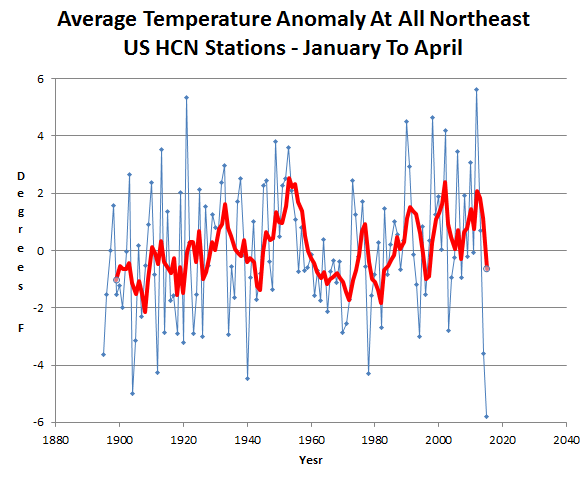
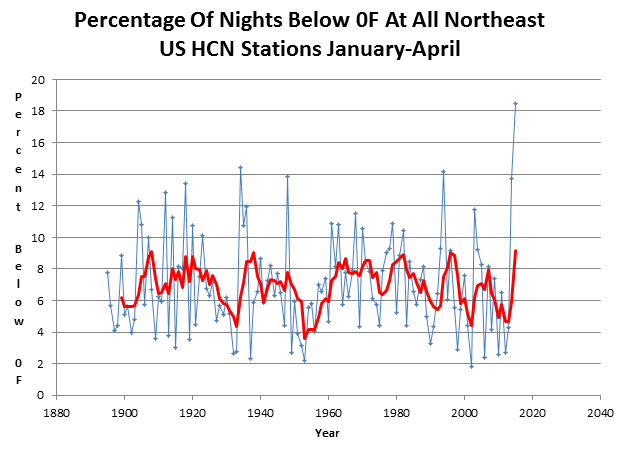
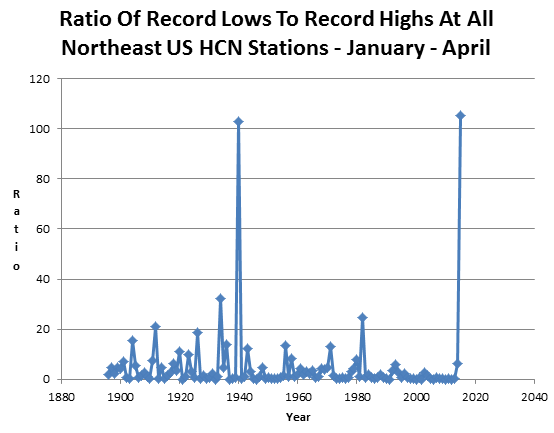
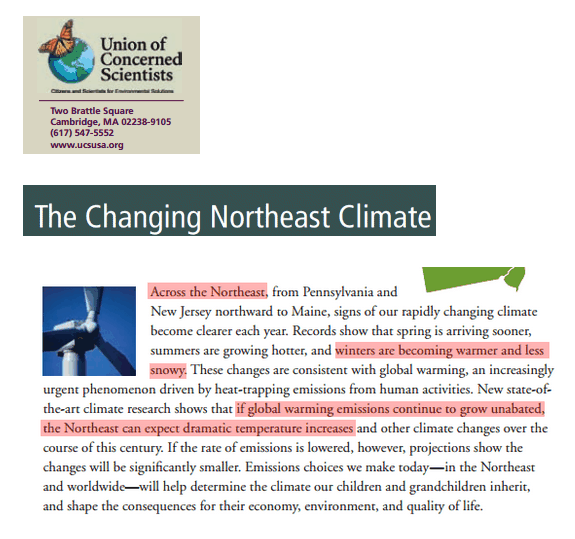


Might be an indication that the AMO (and thus the NH temperatures) is going to cool for the next 30 years or so. Let’s hope for at least a little help from CO2 to keep us warm.
Or Dr Evan’s <a href="http://sciencespeak.com/climate-nd-solar.html"Notch-Delay Solar Theory is correct, and the world is in for a very cold next couple of decades or even centuries.
http://s1.ibtimes.com/sites/www.ibtimes.com/files/styles/v2_article_large/public/2014/06/10/solar-cycle-24.png
A History of Solar Activity over Millennia
This is one of my favorite papers because it uses several methods to validate the information. It is long but worth reading.
A few snippets on the just passed solar Modern Grand maximum.
A review of the above paper: A 3,000-Year Record of Solar Activity by CO2 Science
Another review of “A History of Solar Activity over Millennia” by Ilya G. Usoskin
Grand maxima of solar activity:
http://solarphysics.livingreviews.org/open?pubNo=lrsp-2008-3&page=articlesu16.html
What did you expect Tony, the Union of Concerned Scientists has gone to the dogs.
October 7, 2011 The newest member of the Union of Concerned Scientists
http://wattsupwiththat.files.wordpress.com/2011/10/kenji_watts.jpg
Please stop attacking dogs. 😉
My equines enjoy attacking them.
A friend’s Belgian mare (with new foal) trampled a doberman. The neighbor had been warned repeatedly not to let his dog chase the horses and he ignored the warning so he got hamburger back instead of a dog the last time he let his dog loose to chase the horses.
My mare was nice she only broke the dog’s leg….
My mom”s doberman (Sam) gets along well with just about all animals except river otters and horses. Sam chases the otters, and is spooked by horses.
I’m thankful we’re not still mowing snow.
http://www.youtube.com/watch?v=G8kHtg8o7Io&feature=youtu.be
I’ve never mowed snow but I have used my tractor mounted snowblower to move leaves LOL
Not only ICE land has unusually cold spring weather. Maybe they should move to GREEN land.
http://wxmaps.org/pix/temp4.html
No. That would be from bad to worse.
http://wxmaps.org/pix/temp2.html
30’s (f) every morning still (MID MAINE)and some right at freezing mark. then during the day we are getting a lot of rain and the flooding is dislodging root balls.
been on generator twice this week once due to a 120 ft tree (approx 3 ft diameter) taking the lines off 3 poles.
house down the road from me had 60 foot tree tip due to rootball and pulled the service mast out of house, as it hit initially it rebounded enough (after bending service) to give enough slack so the wire wrapped around service thereby rendering the disconnect useless.
so a 60 foot tree tipped partially over and a 15 foot piece of service mast and 80 feet of phone and power line decided to take the place of a lane on a small country road.
At least we are only having to deal with upper thirties low forties in the morning plus wind. Of Course I am in Mid NC — The Sunny south. Thank goodness mud season is almost over.
http://www.theweathernetwork.com/news/articles/more-snow-to-hit-the-maritimes/50186/
wow even after adjusting upwards its colder lol, imagine the REAL temperature!